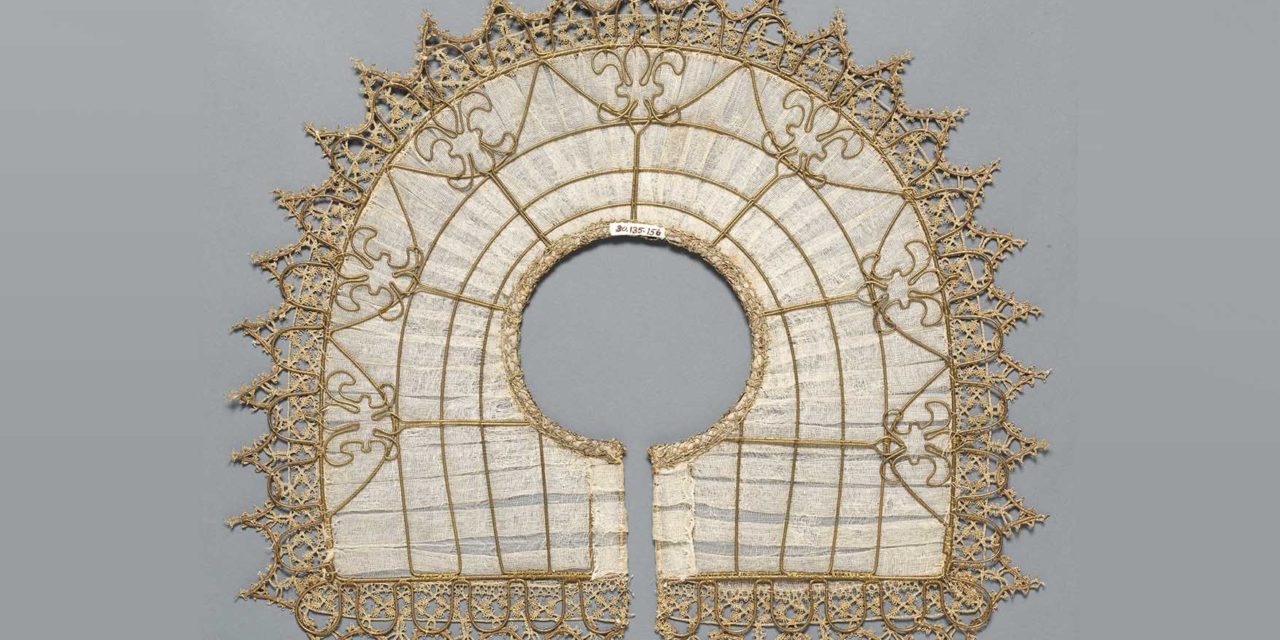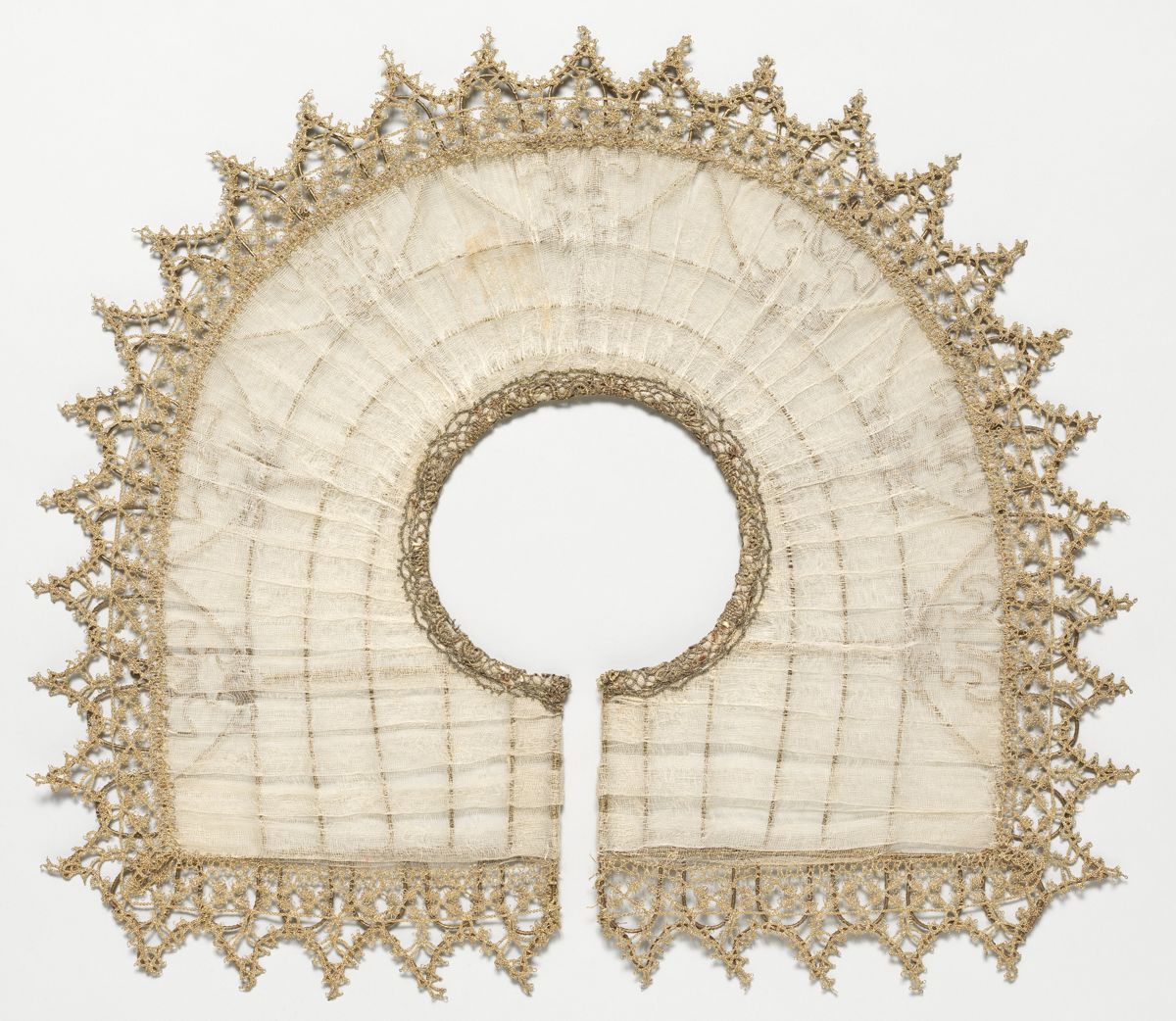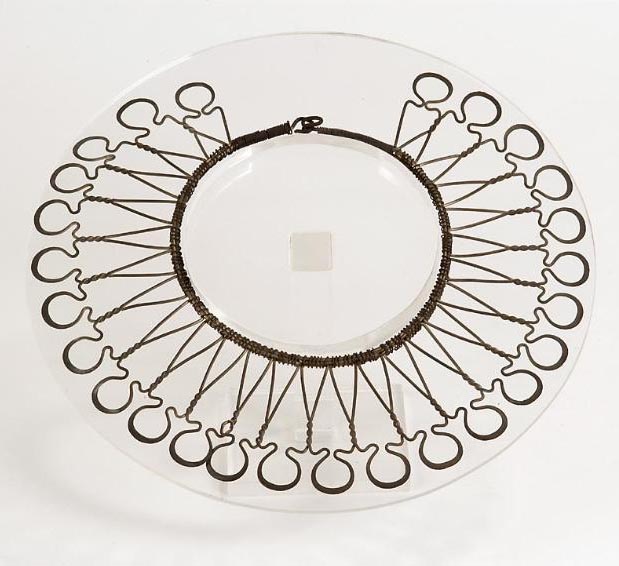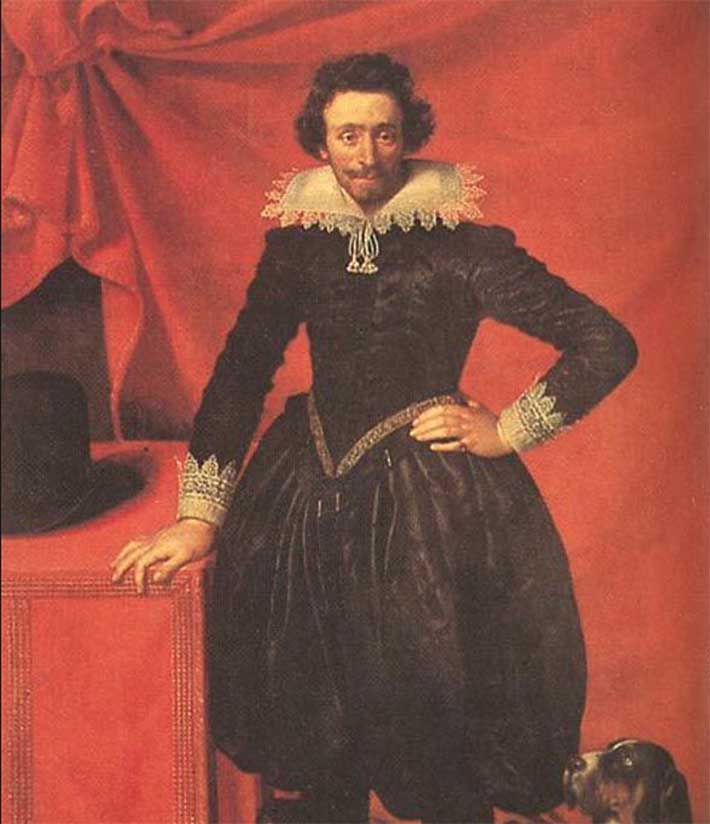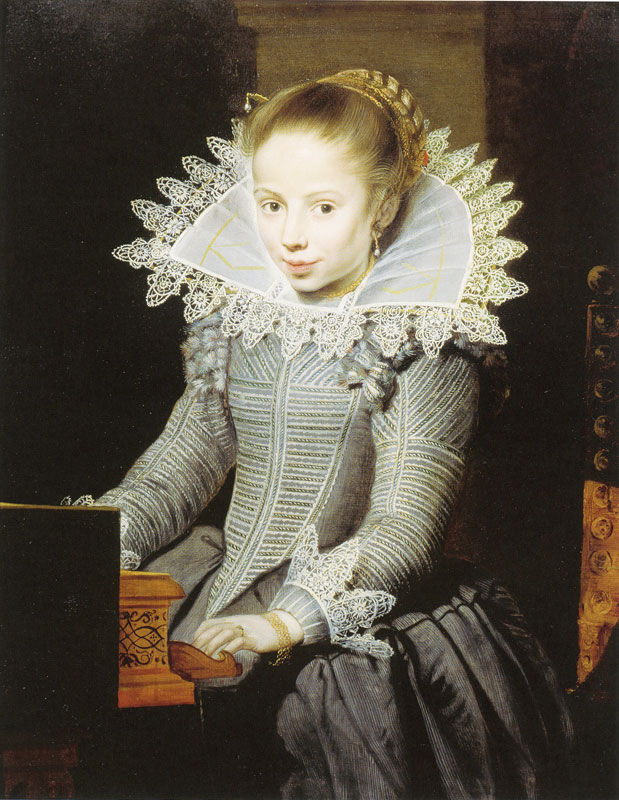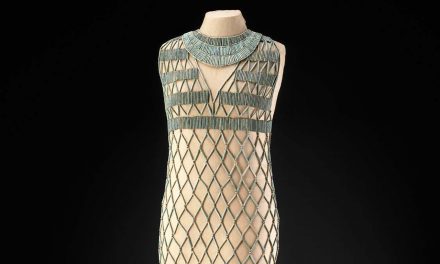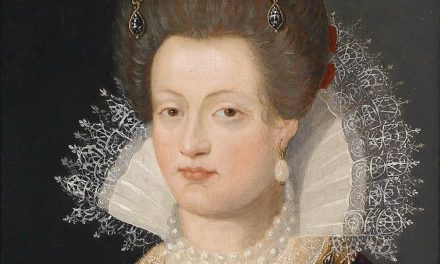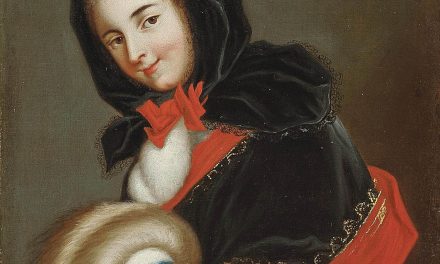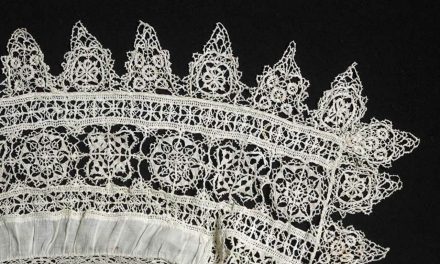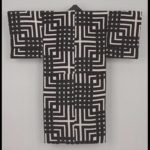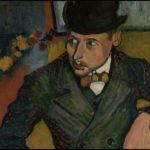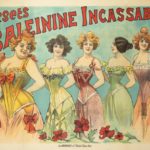A large standing lace collar supported by wire, worn by both men and women in the late 16th and early 17th century.
The Details
Sarah Jane Downing describes the rebato (Fig. 1) in Fashion in the Time of William Shakespeare (2014):
“The rebato was fashionable from 1580 to 1635, and seemingly began as the term for a collar very similar to the fan ruff, but after 1600 the term was transferred to the support. Usually made of wire and trimmed with a pointy lace-like reticella, the rebato was very ornate and could be worn in several layers, commanding much time and effort.” (Downing, 69)
Reticella is a kind of needle lace. Throughout this period, ruffs and collars made use of intricate and delicate laces as a symbol of wealth.
In the History of World Costume and Fashion (2011), Daniel Delis Hill relates that the rebato was associated with Queen Elizabeth I:
“One variant of the Spanish ruff that Elizabeth wore frequently was the rebato, a delicate circle of ruffled lace, cut work, or gauzy linen that rose high behind the head and dipped forward over the bodice.” (385)
There were many different shapes and ways to make rebatos; one Dutch example can be seen in figure 2.
In Your Book of Mediaeval & Tudor Costume (1968), Phillis Cunnington defined rebato similarly:
“The ‘rebato’ was a fan-shaped collar, wired to stand up round the back of the neck like the fan-shaped ruff.” (Cunnington, 63)
Both men and women made use of ruffs, standing collars, and rebatos, lace and all (Fig. 3). Women’s collars were often wider and more intricate. The piece in figure 4, probably made of linen, is transparent enough that the gold color of the rebato can be seen through the fabric and lace.
In The Dictionary of Fashion History (2010) by Valerie Cumming, C. W. Cunnington and P. E. Cunnington, they describe the rebato as:
“1580-1635. A white collar wired to stand up round the neck of a lownecked bodice to which it was pinned. ” (170)
In her article “Neckwear, Men’s, 1600-1714” (2016), Mary D. Doering goes into additional detail and also describes the words that other languages used:
“During the early 17th century, formal neckwear such as ruffs and starched collars needed support. The wide circles of gathered linen that made up the ruffs had to be held up at the back of the neck in order to frame the face properly. Such supports were called by a range of different names: supportasse (a French term), underpropper, pickadil, or rebato (an Italian name). A variety of materials were used to make such supports, including linen reinforced with whalebone, card, and wire. Sometimes straw was even used to create a slightly curved surface.” (199)
Fig. 1 - Designer unknown (possibly French). Rebato (collar), Early 17th century. Metal-thread bobbin lace, wire, cotton; 40.0 x 45.7 cm (15 3/4 x 18 in). New York: Metropolitan Museum of Art, 30.135.156. Gift of Mrs. Edward S. Harkness, 1930. Source: MMA
Fig. 2 - Designer unknown (Dutch). Kraaghouder (rebato), Early 17th century. Silver-plated copper. Amersfoort: Rijksdienst voor het Cultureel Erfgoed, OB71-317. Source: Geheugen
Fig. 3 - Frans Pourbus the Younger (Flemish, 1569–1622). Detail of Portrait of Claude de Lorrain, Prince of Chevreuse, 1610. Oil on canvas; 198 x 123 cm (77.9 x 48.4 in). Northampton: Althorp, 119373. Source: Wikimedia Commons
Fig. 4 - Cornelis de Vos (Flemish, 1584 – 1651). Girl at a Virginal, ca. 1624-5. Oil on canvas; 81 x 65.5 cm (31.8 x 25.7 in). Private collection. Source: Wikimedia Commons
References:
- Cumming, Valerie, C. W. Cunnington, and P. E. Cunnington. “Rebato.” In The Dictionary of Fashion History, 170. Oxford: Berg Publishers, 2010. Accessed September 27, 2018. https://www.bloomsburyfashioncentral.com/products/berg-fashion-library/dictionary/the-dictionary-of-fashion-history/rebato.
- Cunnington, Phillis Emily. Your Book of Mediaeval and Tudor Costume. London: Faber, 1968. http://www.worldcat.org/oclc/248606851.
- Doering, Mary D. “Neckwear, Men’s, 1600-1714.” In José Blanco, Mary D. Doering, Patricia Hunt-Hurst, and Heather Vaughan Lee, eds. Clothing and Fashion: American Fashion from Head to Toe. Santa Barbara, California: ABC-CLIO, 2016. http://www.worldcat.org/oclc/904505699
- Downing, Sarah Jane. Fashion in the Time of William Shakespeare. Shire Library, no. 785. Oxford: Shire Publications Ltd, 2014. http://www.worldcat.org/oclc/1039701202.
- Hill, Daniel Delis. History of World Costume and Fashion. Upper Saddle River, NJ: Pearson Prentice Hall, 2011. http://www.worldcat.org/oclc/939043732.

